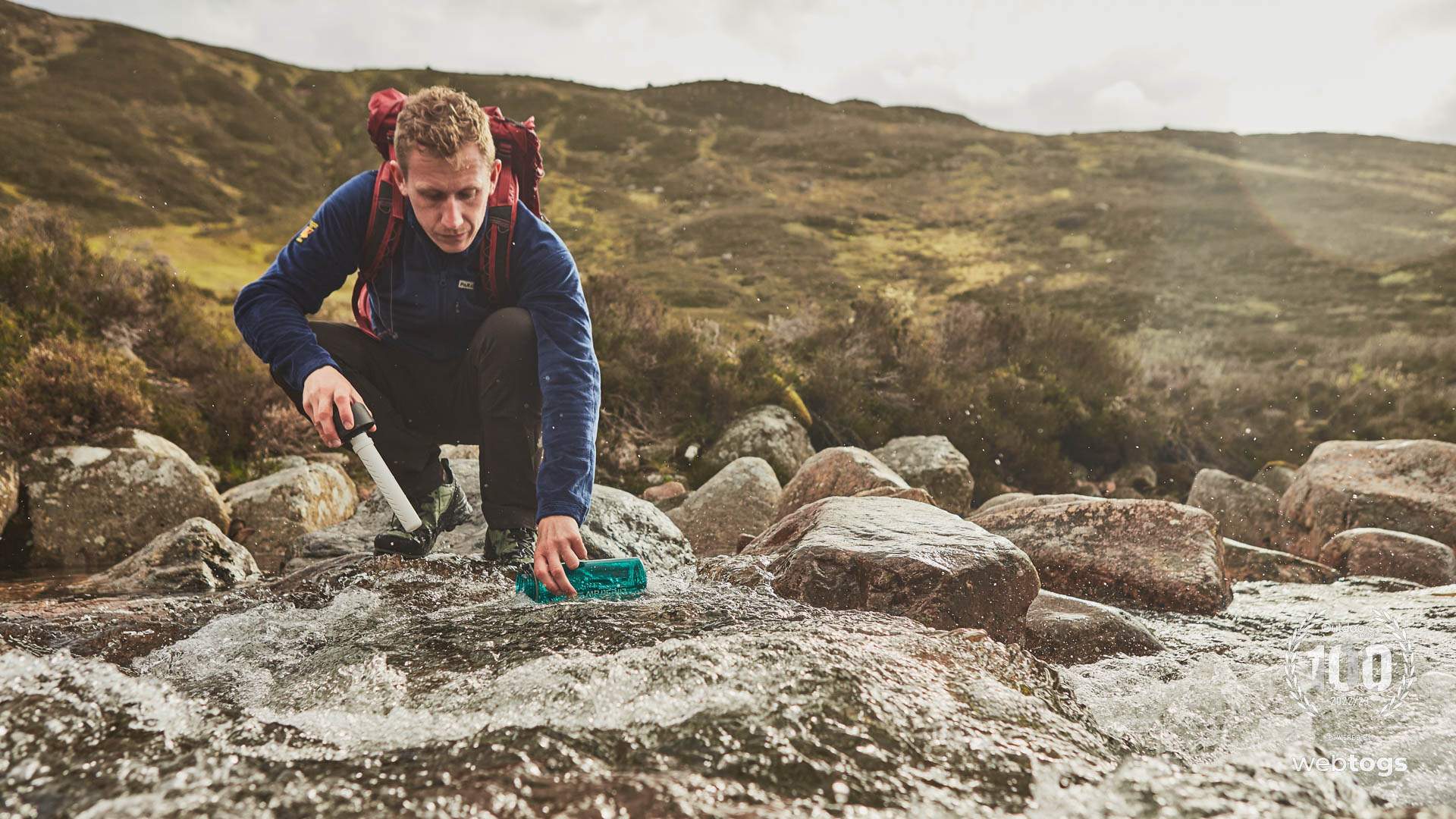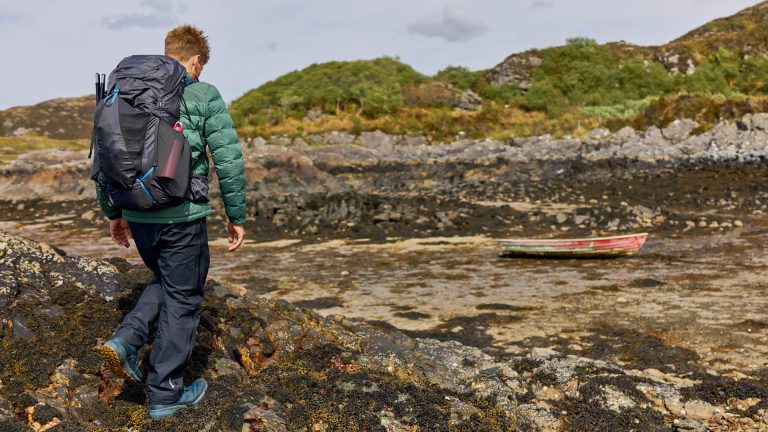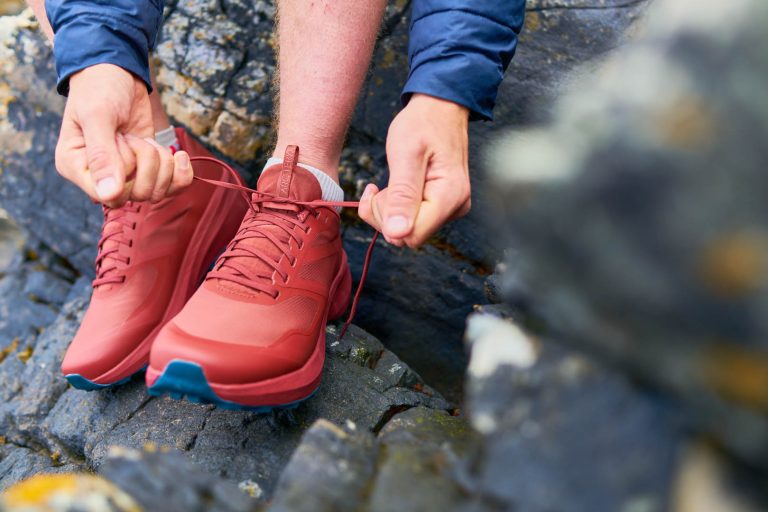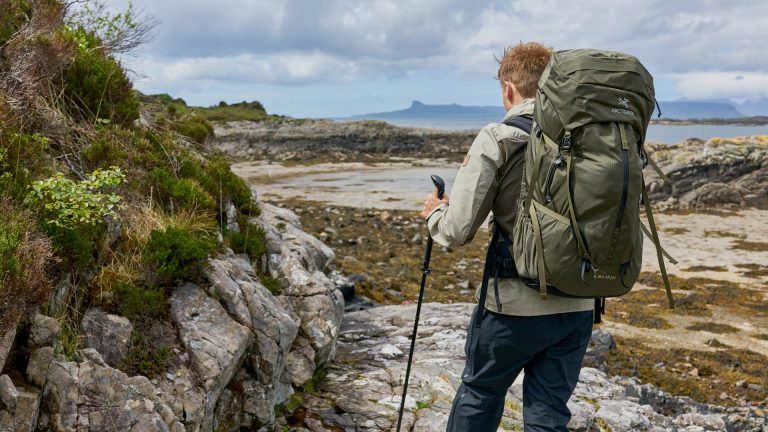Why We Chose The Lifestraw Go Water Filter Bottle: Lightweight, impressive microfilter, BPA-free build
Having reviewed Lifestraw’s Go Stainless Steel flask for last year’s Outdoor 100, we were pretty intrigued to see how the hard-wearing plastic version holds up in comparison.
Available in 10 colour options, the Lifestraw Go makes a handy day-hiking water bottle and is perhaps even more suited to multi-day trips, especially when you know you’ll encounter plenty of water sources along the way. That said, it’s the 650ml version that’s pictured here and you might want to opt for the 1L version for the multi-day stuff.
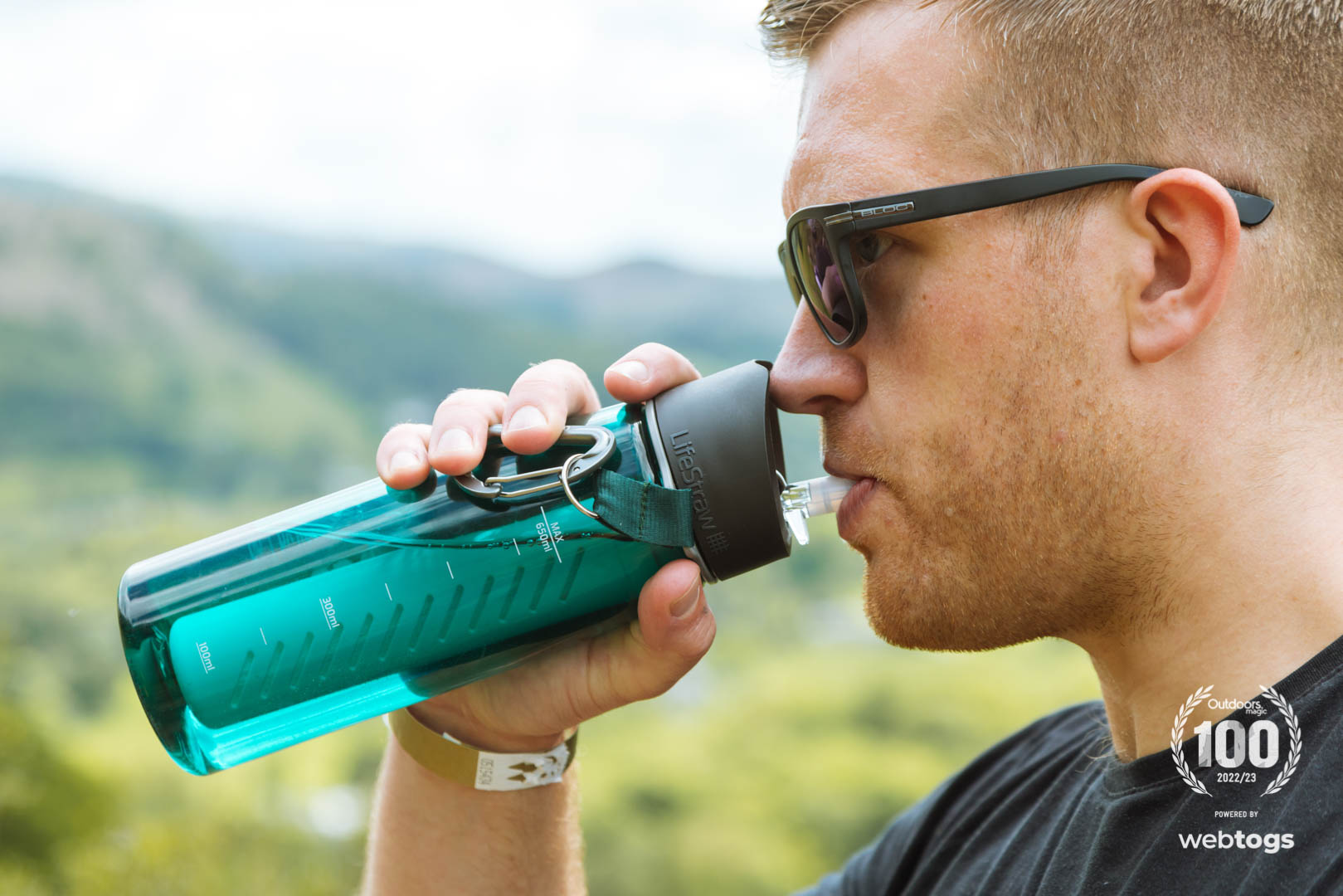
It’s worth noting that the 650ml fits into most bottle mounts so it’ll also work for short bikepacking trips too.
Aside from outdoor adventures, these kind of water filter bottles are also very useful for everyday use. In particular, with the increasing amount of microplastics found both in our taps and in our lakes, we can see the likes of the Lifestraw Go becoming more prominent in the next coming years.
Materials
The bottle itself is made from a durable, BPA-free plastic that’s lab-tested to meet drinking water standards for the removal of bacteria and parasites by both the US Environmental Protection Agency (EPA) and the NSF International/ ANSI (including the NSF 42 standard for chlorine reduction).
In case you didn’t know, BPA-free plastics avoid using the organic compound Bisphenol A – a chemical used in the manufacturing of certain plastics – which can otherwise seep into our drinks and cause a whole host of nasty health problems.
Another benefit of investing in this kind of plastic is that you avoid using single-use plastic bottles entirely. With the Lifestraw Go, the only thing you really need to replace and update accordingly is the filtration system.
Features
In terms of its features and how it works, the Lifestraw Go consists of the water bottle, the water filter, the cap with a silicone mouthpiece, and a handy carrying carabiner for your backpack.
The first stage of the water filter – the bit at the top – is the hollow fibre membrane which filters out 99.999999% of bacteria (including E.coli, Salmonella), 99.999% of parasites (including Giardia and Cryptosporidium), and 99.999% of microplastics. This fibre membrane should filter up to 4000L of water before it needs replacing. That’s roughly 1 year’s use.
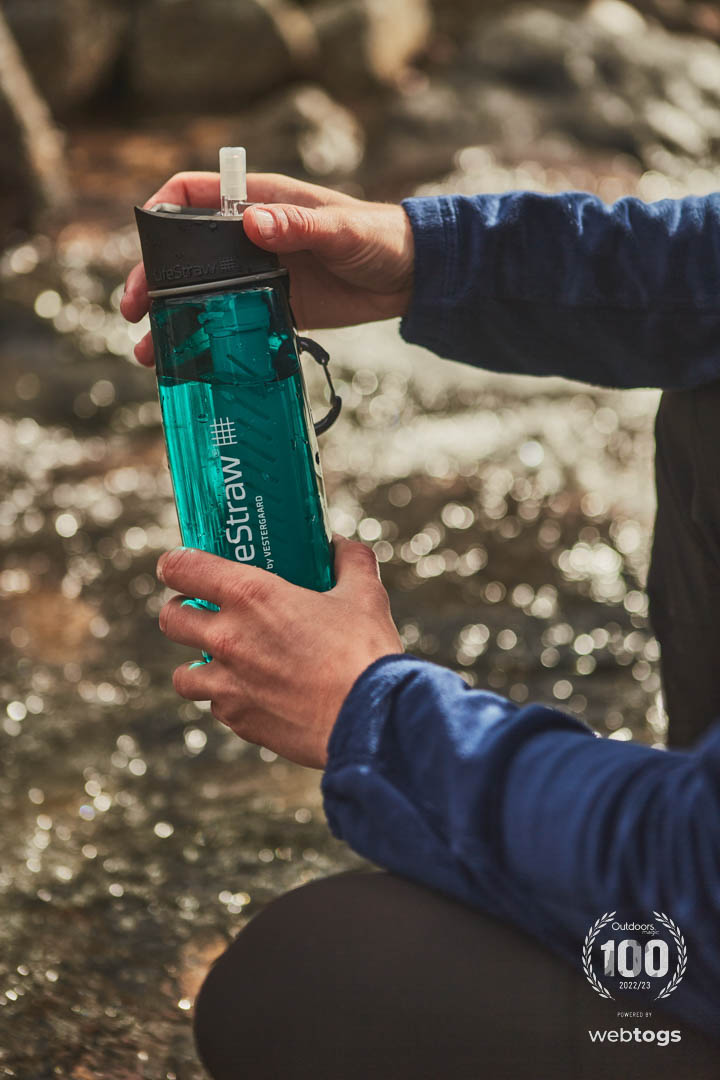
The second stage is the activated carbon filter which reduces chemicals in your water such as chlorine and filters up to 100L before it needs replacing (roughly 3 month’s use). This part of the water filter also helps improve the overall taste of the water, as well as its odour.
“They provide one child a year of safe drinking water for every purchase you make.”
Together, both parts of the filter also improve the water’s turbidity, removing dirt, silt and sand, and reducing the water’s overall cloudiness. It can’t, however, act as a purifier and remove waterborne viruses so make sure to do some research if you’re planning on venturing far and wide this year.
The filter system is detachable, allowing you to use the bottle in your everyday life without ‘using up’ your filter too quickly. Once the filter has been removed, the bottle also becomes safe to use in the dishwasher.
It’s also nice to note that Lifestraw are still committed as ever to their Give Back programme, providing one child a year of safe drinking water for every purchase you make. More specifically, for every 500 products sold, LifeStraw distributes a community purifier to a school in need in a country such as Kenya, which provides safe water for up to 100 schoolchildren over a period of five years. So far over 3 million children have received a year of safe water. Whilst we’re on the subject, LifeStraw are also a B Corp and a Climate Neutral Certified brand. In other words, they’re doing good stuff for people and the environment.

